Food
Beer- vs. Wine-Drinking States: Which is More Popular and What Does That Mean?
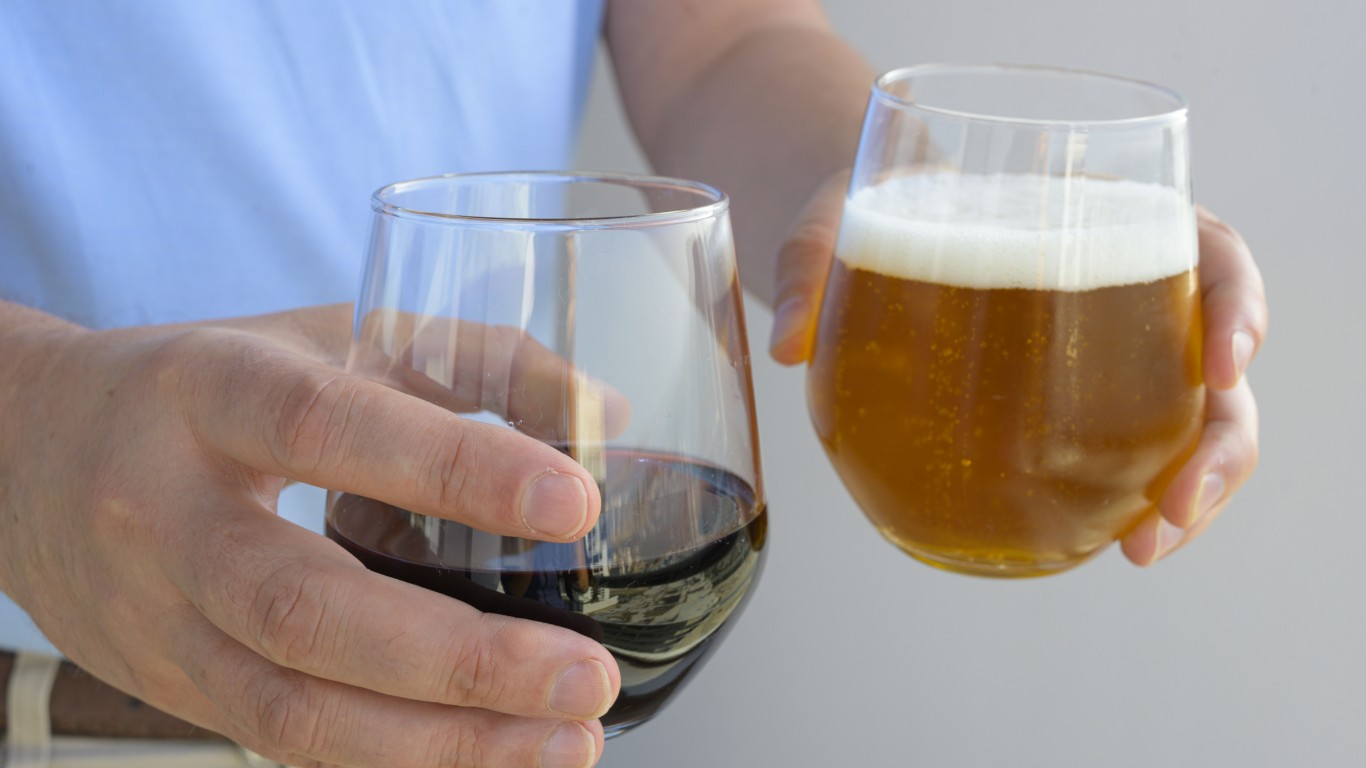
Published:

Beer or wine? These are two of the most popular alcohol choices in the United States, but individual states differ in how much they consume. The relative popularity of these drinks correlates with culture, the economy, and other factors that tell us some interesting things about differences between various states and regions.
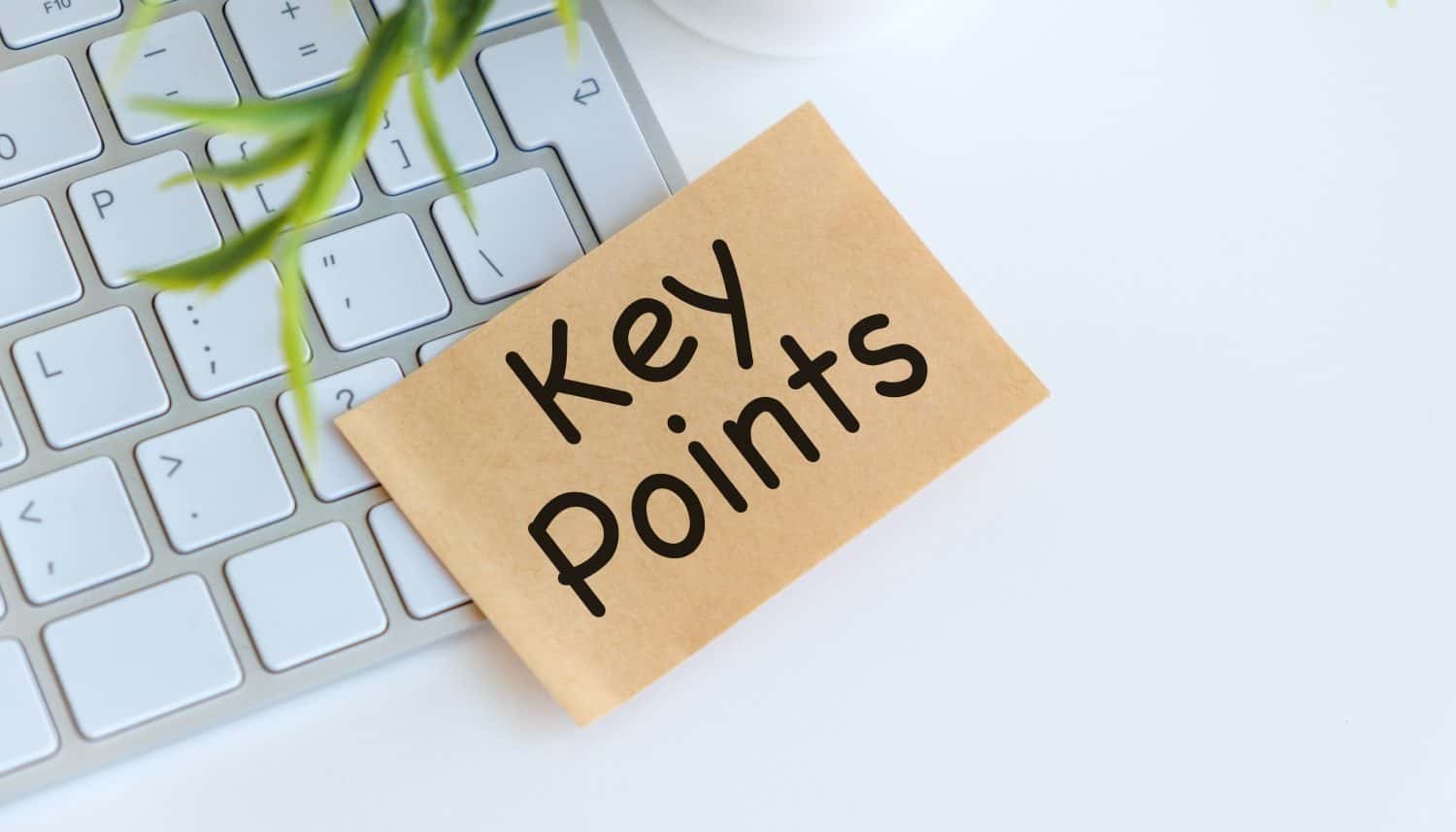
Different levels of beer and wine consumption in the states are connected with issues of production and taxation, but also with socioeconomic factors like economic status and education. Retiring early is possible, and may be easier than you think. Click here now to see if you’re ahead, or behind. (Sponsor)
Key Points
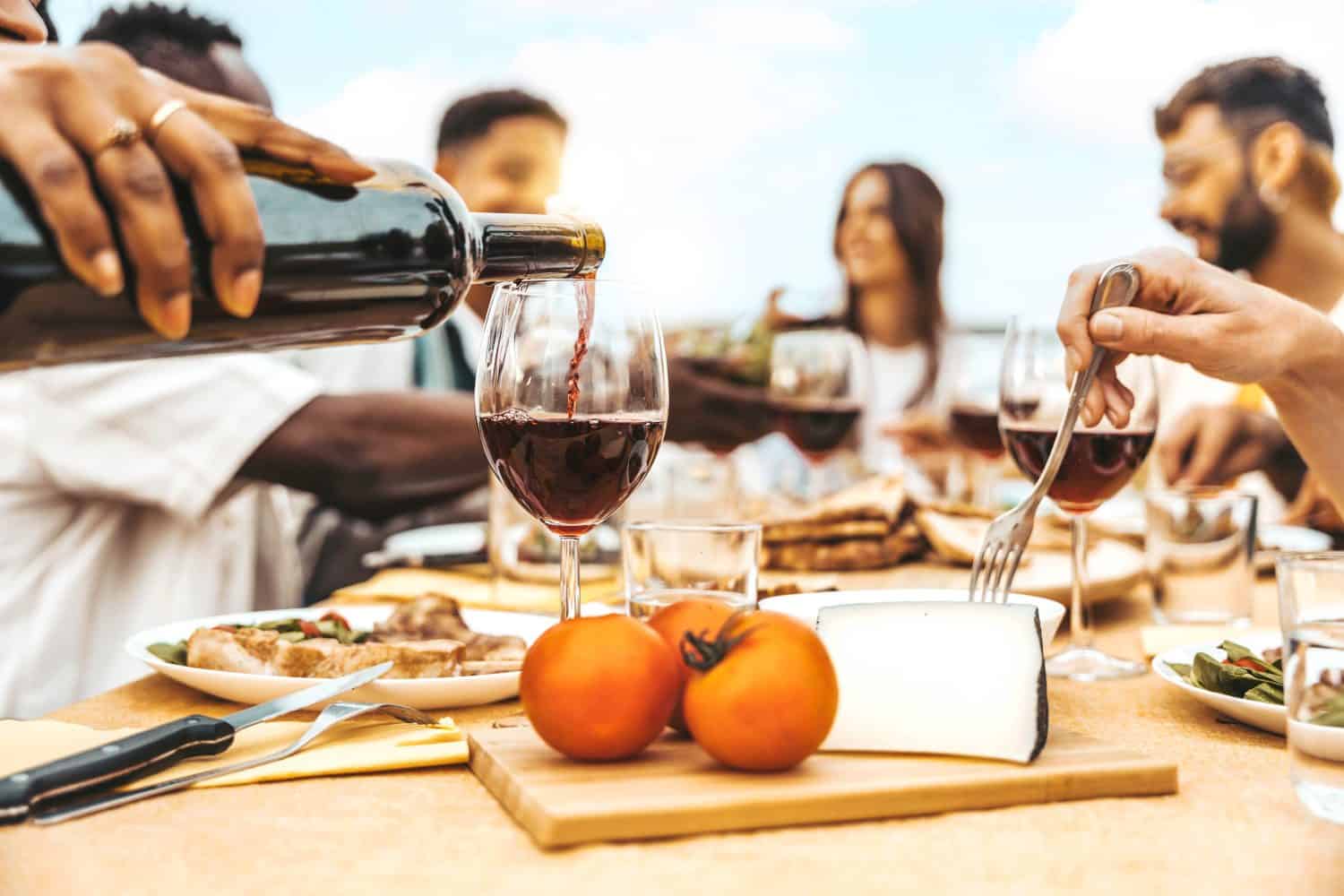
There are a lot of different socioeconomic factors affecting alcohol consumption in general and people’s choice of beer or wine. Sociologists are able to correlate alcohol choices to various degrees with age, gender, ethnicity, education, income, religious beliefs, and urbanization. Regulatory policies also play a role. For instance, New Hampshire has among the highest sales of both beer and wine in the country, but this is due largely to the fact that it has low liquor taxes, which attracts consumers from neighboring states.
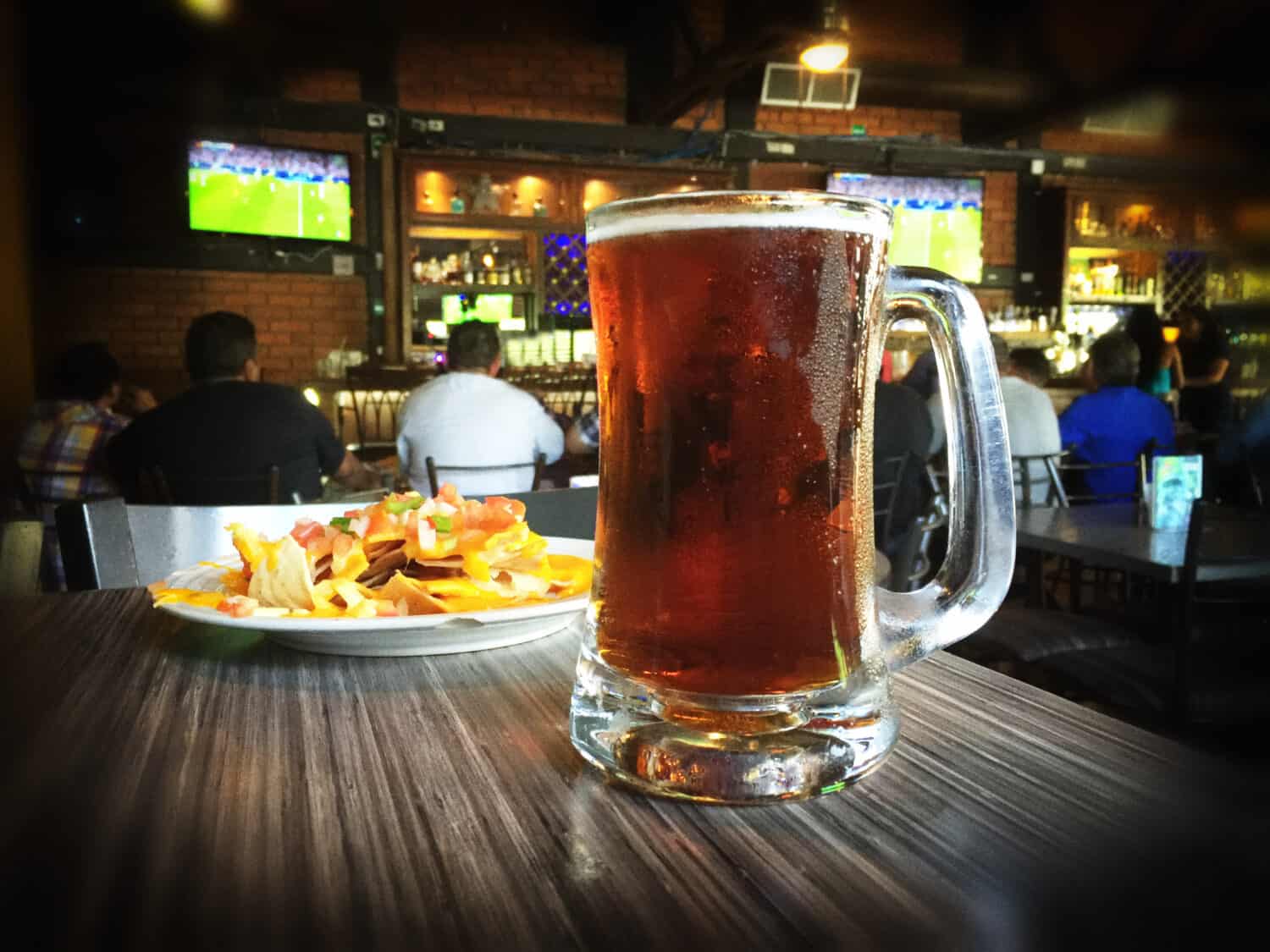
Beer arrived in America in colonial days, with the first brewery established in 1632 by the Dutch in New Amsterdam (later New York). The large number of German immigrants who arrived in the first half of the country’s history helped increase its popularity. Many breweries closed permanently during Prohibition from 1920-1933, but the few that survived dominated the market. Today, the most popular beers are Modelo Especial, Bud Light, and Michelob Ultra, but craft beer has attracted an increasing following since the 1970s. As a whole, the beer industry generates about $107 billon annually and is expected to increase to $124 billion by 2030.
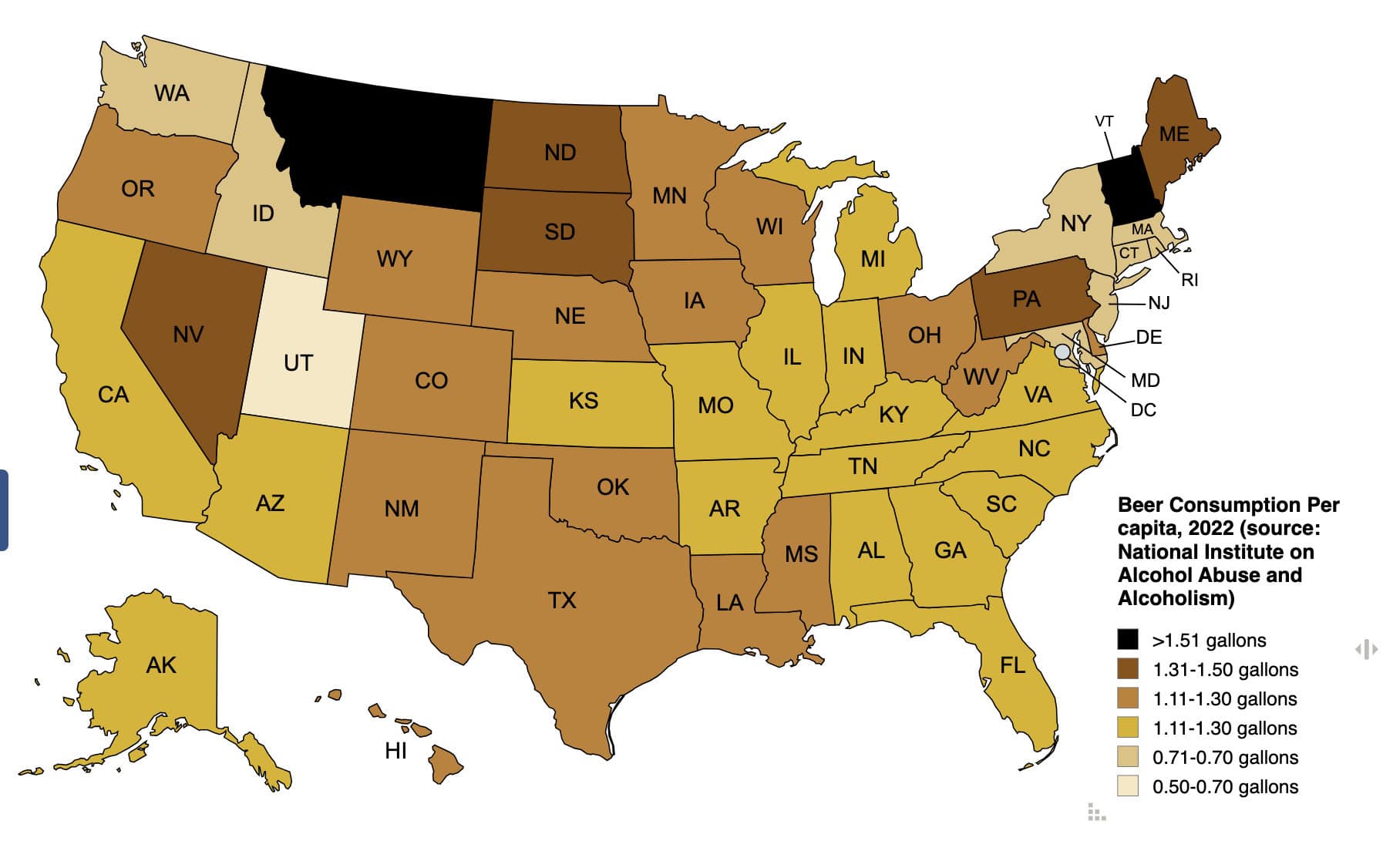
Beer consumption is heaviest in Montana, Vermont, and New Hampshire. Maine, Pennsylvania, and the Dakotas are also in the heavier-drinking categories. Pennsylvania, the Dakotas, and Montana were among the states most heavily settled by German immigrants, so this helps account for concentrations of beer drinkers there. Most of the moderately heavy beer-drinking states are in the central, rural part of the country. Utah has the lowest level of alcohol consumption in the country due to the strong influence of the Mormon population.
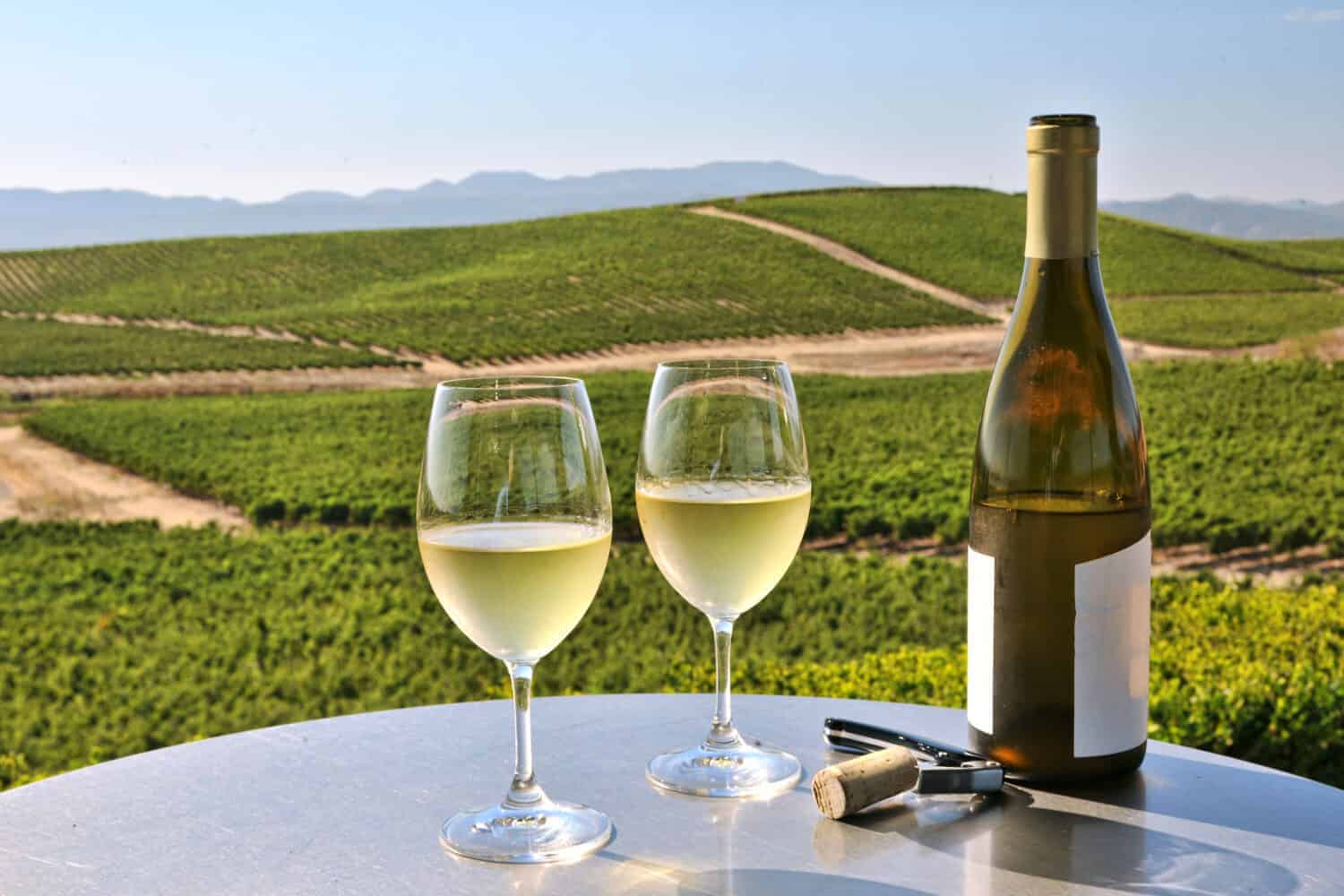
Wine has a rich industry in America beginning with the early settlers, who began planting vineyards in the 17th century. Thomas Jefferson, a self-taught botanist, experimented with different varieties of grapes at his home in Charlottesville, Virginia, which is now the center of the local wine country there. California, Oregon, Washington, and New York are the major centers of wine production in the U.S. The U.S. wine market is valued at about $72 billion and continues to expand.
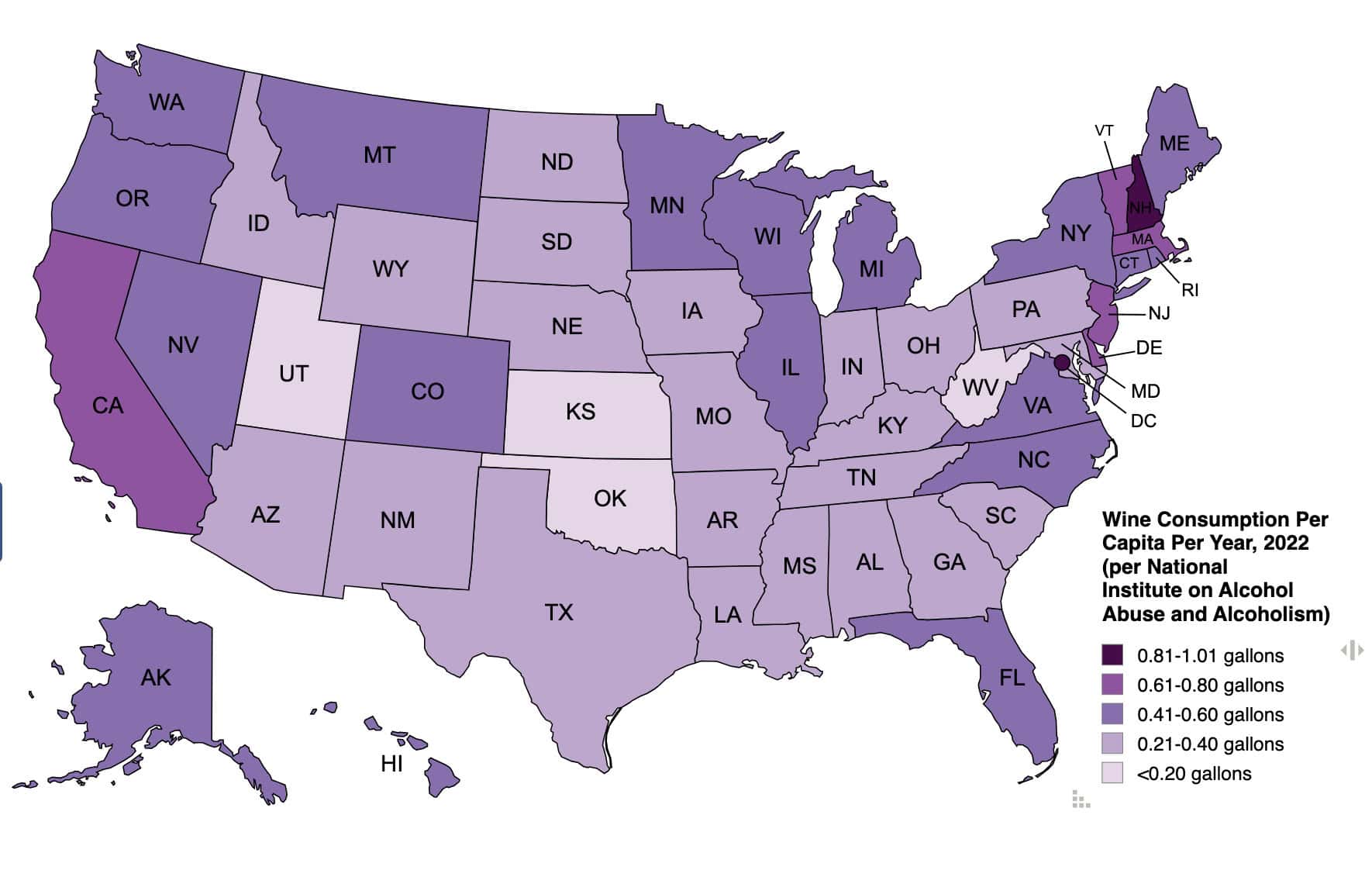
The West Coast, Florida, New York, and to a lesser extent Virginia are centers of wine production in the U.S., so it’s not surprising to see elevated levels of consumption there and in some neighboring states. Wine consumption also correlates with higher education. The states with the highest percentage of college graduates in the country include Colorado, Virginia, Maryland, New Jersey, New York, and all of New England except Maine. These just so happen to be some of the states where wine is popular. The coasts are more urbanized and have a generally higher standard of living, both of which correlate with wine-drinking. And overall, the wine-drinking states are also those with higher percentages of Catholics as compared to the South where Protestants predominate. Finally, if you overlay the states that tend to vote for the Democratic Party, you’ll see those tend to be places where folks like wine.
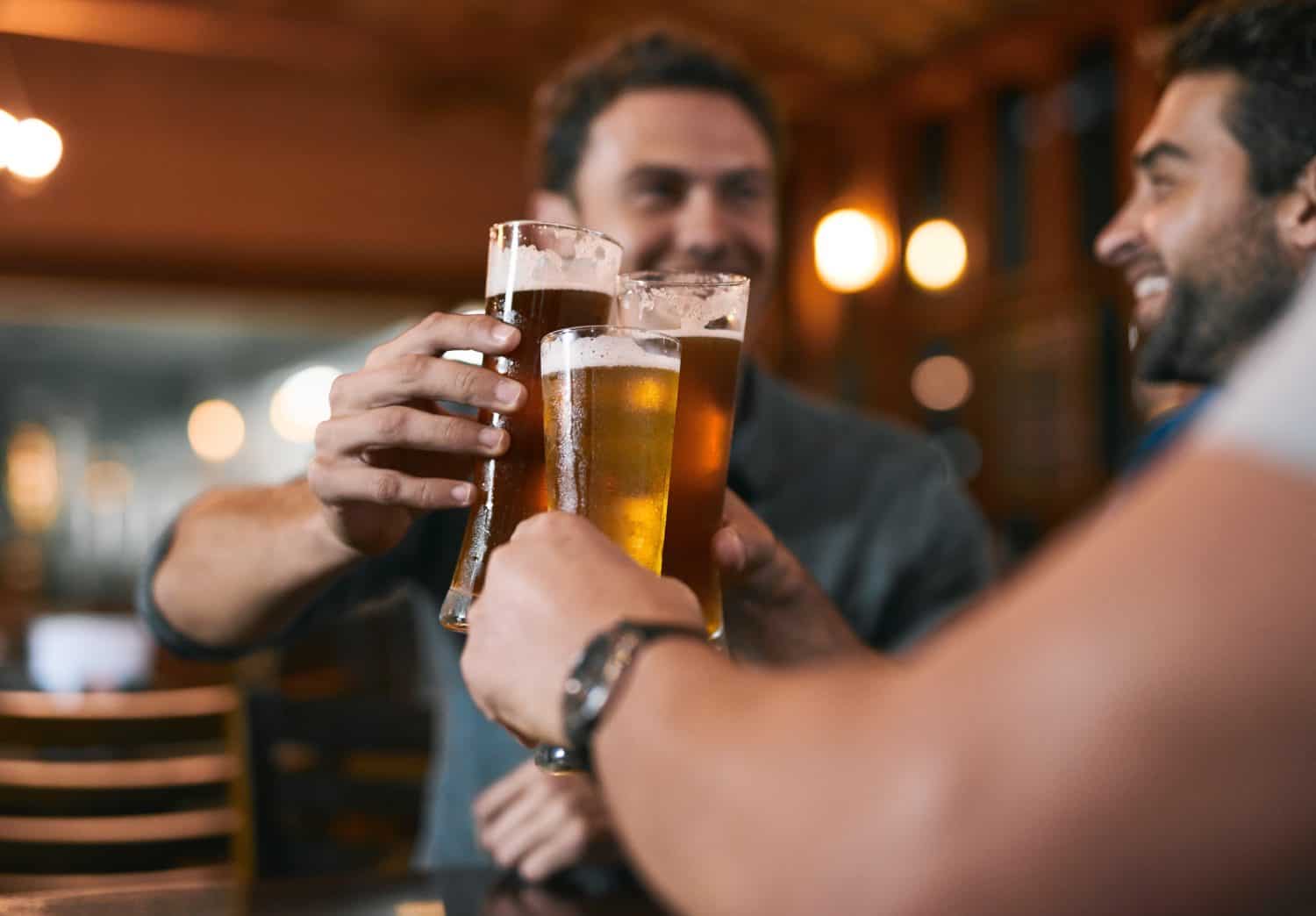
Sociologists are quick to remind us that “correlation does not equal causation.” So of course, no one would say that your choice of alcoholic beverages causes these other socioeconomic factors, or is it determined by them. But it tends to have a relationship for cultural reasons. Why does it matter?
None of this, of course, should be seen as a personal insult to those who love beer, or accolades for those who choose wine. The connections sociologists have pointed out may not be accurate for your life, but research across the country shows that they do hold true for millions of people. If all this leaves you feel like you’re needing a drink and now you don’t know which one to choose, well, be a real American and drink them both (in moderation, of course!)
+
Start by taking a quick retirement quiz from SmartAsset that will match you with up to 3 financial advisors that serve your area and beyond in 5 minutes, or less.
Each advisor has been vetted by SmartAsset and is held to a fiduciary standard to act in your best interests.
Here’s how it works:
1. Answer SmartAsset advisor match quiz
2. Review your pre-screened matches at your leisure. Check out the advisors’ profiles.
3. Speak with advisors at no cost to you. Have an introductory call on the phone or introduction in person and choose whom to work with in the future
Thank you for reading! Have some feedback for us?
Contact the 24/7 Wall St. editorial team.